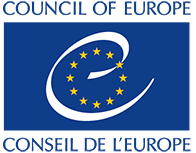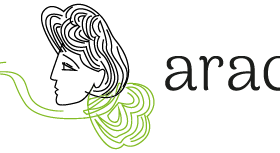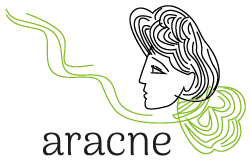ARACNE partners plan to leverage the synergies and complementarities between different projects and the EC cluster initiatives to achieve common goals.
Partners will be involved in events, conferences, trade fairs, as well as social events like the “Long Museums Night” and the “Researcher’s night” that will both provide the opportunities to discuss project activities among them but also to build relationships. These events may encourage the birth of collaborations and create more interest in the project itself. These achievements are going to be reached also with the collaboration that may be realized with other European projects and the European Commission Cluster Initiatives.
International partners

Faculty of Agriculture and Life Sciences (UM FKBV)
UM FALS is the leading agricultural research and education organisation in Slovenia, offering numerous study programmes at Bachelor's, Master's and PhD levels, closely linked to scientific activities in the fields of animal sciences, organic farming, ornamental plants, vegetables, field crops, biosystems engineering, viticulture, oenology and fruit growing, agronomy, rural development and food safety.
Faculty of Mechanical Engineering (UM FS)
UM FS has been operating as a scientific research and educational institution for more than six decades, offering the undergraduate university and higher professional studies of Mechanical Engineering, Industrial Engineering, Mechatronics, Environmental Engineering as well as Design and Textile Materials.
Faculty of Electrical Engineering and Computer Science (UM FERI)
UM FERI is one of the leading teaching and research institutions in the field of Electrical Engineering and Computer Science in Slovenia.It aims to strengthen the positions of the internationally-recognized university education and research institutions within the fields of electrical engineering, computer science, information technology, communications, media, telecommunications, and mechatronics, throughout Central Europe.






Associated partners
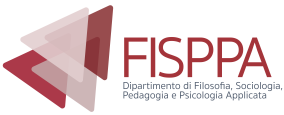
Dating back to 1222, the University of Padova is one of the oldest and most prestigious seats of learning in Europe and has a long tradition and consolidated reputation for scientific excellence and this year UNIPD celebrates its 800 anniversary. Its 32 departments, 40 doctoral degree courses and 44 interdisciplinary research centers with about 2300 professors and researchers employed, cover an exceptionally broad research scope including Arts & Humanities, Social Sciences, Engineering, Physics, Technology, Life Sciences, Medicine, Natural Sciences.
The University of Padova was one of the first Universities in Italy and in Europe to be acknowledged with the HR Excellence in Research Award by aligning its policies to the 40 principles of the Charter & Code. The award has been confirmed in 2021. Furthermore, the University of Padova is one of the leading Italian Universities in Italy for the quality of its research results according to the report issued by the National Agency for the Evaluation of Universities and Research Institutes.
The International Research Office supports researchers who wish to apply for EU-funded research projects or in projects funded by other international organizations. It is a reference point for departments and research centers that manage EU and international research projects. Moreover, the University of Padova is Euraxess Contact Point.
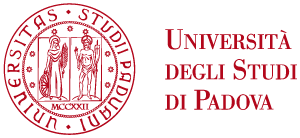
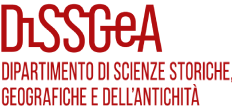
The Department was set up on the 1st of January 2012. The Department's research covers a wide spatial and temporal range in its objects of study as well as in the plurality of sources and methods used. On one hand, in fact, it promotes and develops research ranging from the
kingdoms of the III millennium BC and Greek and Latin civilisations to the contemporary world. On the spatial plane, on the other, it encompasses Mediterranean, European and extra-European countries and areas including from a global perspective.
As far as research sources and methodologies are concerned DiSSGeA welcomes work using the following as sources: the land in its original and developed forms; local and production frameworks linked to various areas; documents, oral and written sources and literary texts suffused with the memories and projects of various historical subjects. This breadth in horizons, sources and methods focuses on three research axes: history of the institutions and elites and of political, social and religious movements in the Mediterranean, European and global contexts with specific reference to the African and American continents. Special attention is paid to the study of the Veneto region's history and geography and the 'Venice' phenomenon on a long time frame; cultural history understood both as the history of cultural centres and
institutions as well as textual history and the study of type and transmission and also as the history of 'representations of one's self and others'; history and geography of local areas, economic systems, production and markets with special attention to migration and internationalisation phenomena and globalisation processes and awareness, enhancement and management of the industrial landscape and the countryside with reference to material and immaterial components in an applied history and geography perspective directly associated with research activities and higher education.

